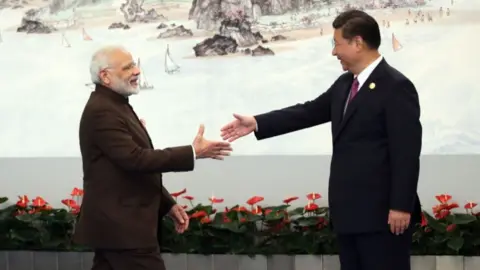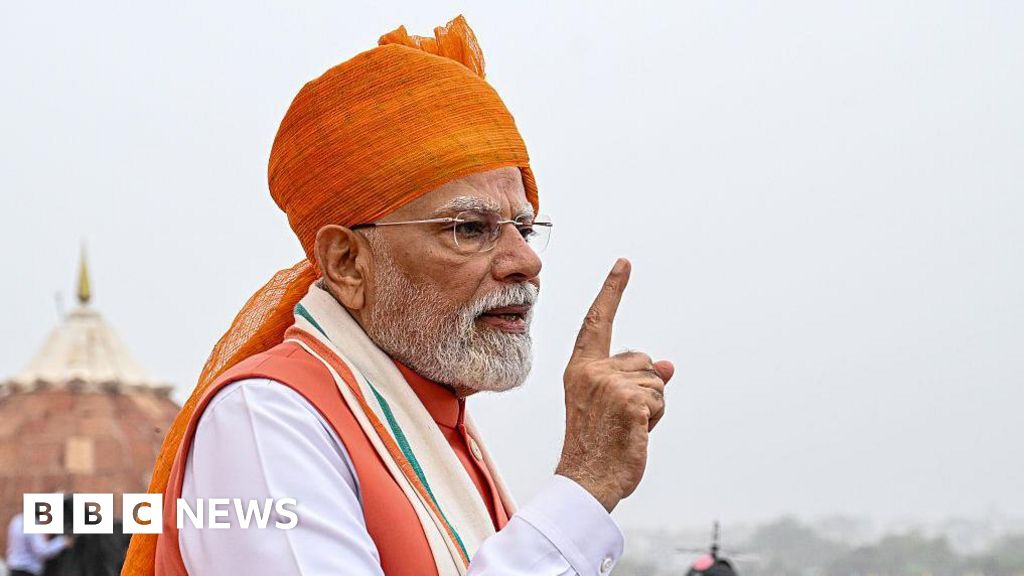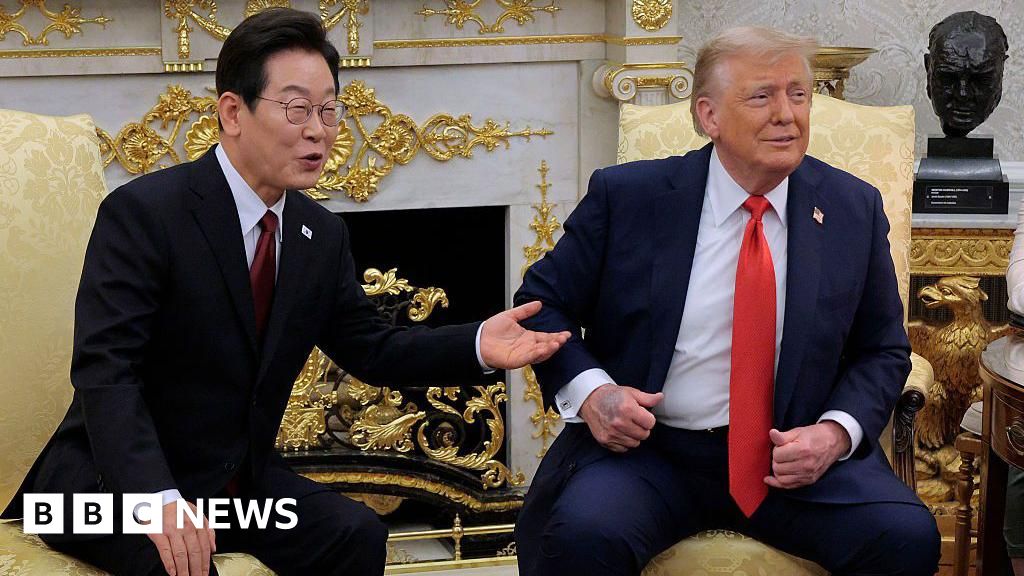The Gaslog Glasgow tanker is currently en route to South Korea carrying Canada's inaugural batch of liquefied natural gas (LNG) from the LNG Canada facility in Kitimat, British Columbia. This shipment marks a significant milestone for Canadian trade and reflects the government's efforts to diversify export markets and lessen dependency on the United States for energy exports.
LNG Canada's Prime Minister Mark Carney champions this project, declaring it instrumental for positioning Canada as a potential energy superpower. With the significant infrastructure investment of approximately 48 billion Canadian dollars (about $35 billion), Canada seeks to harness its natural resources in response to the geopolitical challenges posed by the previous U.S. administration's trade tensions and aggressive energy policies.
Despite the promise of this new venture, Canada faces internal conflict over energy development. The oil-rich province of Alberta aims to expand its access to global markets through additional pipelines and ports. However, this proposal encounters fierce opposition from British Columbia residents concerned about environmental risks associated with increased tanker traffic and pipeline construction. Furthermore, Indigenous communities contest new federal regulations that expedite pipeline approvals across their territories.
Historically, the U.S. has been Canada’s primary market for natural gas, with around $6 billion worth of exports last year. However, U.S. surges in natural gas production have caused Canadian exports to decline since 2010, turning the U.S. into the world's largest supplier of LNG. Thus, Canada's move towards Asian markets is seen as a strategic maneuver to secure its place in an evolving global energy landscape.
LNG Canada's Prime Minister Mark Carney champions this project, declaring it instrumental for positioning Canada as a potential energy superpower. With the significant infrastructure investment of approximately 48 billion Canadian dollars (about $35 billion), Canada seeks to harness its natural resources in response to the geopolitical challenges posed by the previous U.S. administration's trade tensions and aggressive energy policies.
Despite the promise of this new venture, Canada faces internal conflict over energy development. The oil-rich province of Alberta aims to expand its access to global markets through additional pipelines and ports. However, this proposal encounters fierce opposition from British Columbia residents concerned about environmental risks associated with increased tanker traffic and pipeline construction. Furthermore, Indigenous communities contest new federal regulations that expedite pipeline approvals across their territories.
Historically, the U.S. has been Canada’s primary market for natural gas, with around $6 billion worth of exports last year. However, U.S. surges in natural gas production have caused Canadian exports to decline since 2010, turning the U.S. into the world's largest supplier of LNG. Thus, Canada's move towards Asian markets is seen as a strategic maneuver to secure its place in an evolving global energy landscape.



















